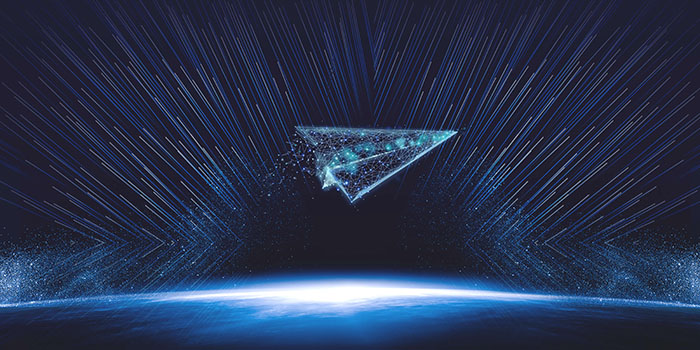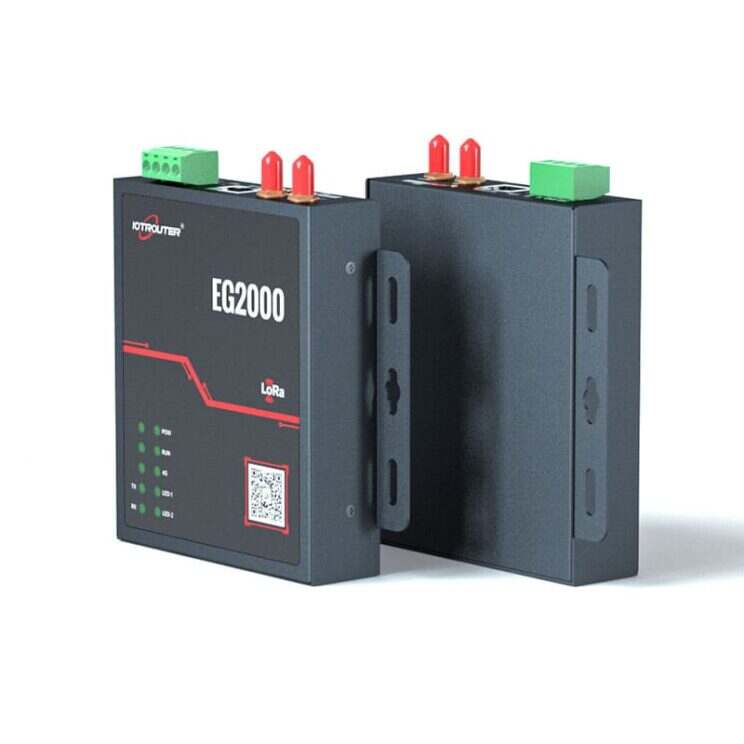From all aspects, in the era of IoT, connection is the core, and IoT applications and IoT communication technologies go hand in hand. Talking about the Internet of Things without considering the different network connectivity models that exist is like talking about the surface without truly examining the importance of this revolution. What does the future look like if you think about connectivity? What opportunities do current communications technologies offer us? What can the development of communication technologies such as 5G, NB-IoT or satellite communications bring us?


5G 4G, de toekomst van mobiele communicatie
De vijfde generatie technologie voor mobiele telefoons komt eraan. Dit "grote netwerk" zal volgens de planning in 2020 in gebruik worden genomen en er zijn enorm veel middelen en belangen mee gemoeid. Dit is ook de kans om het netwerk te updaten waar de mobiele industrie al jaren op wacht. Maar dat doet niets af aan het belang van de huidige 4G-netwerken, die de komende jaren zullen blijven groeien. Voorlopig blijft 4G de belangrijkste kracht achter onze huidige netwerkverbindingen, maar de transmissiebeperkingen kondigen een verandering aan. Natuurlijk zijn er plannen om 4G-netwerken in sommige gevallen te vervangen door 5G, maar in veel andere gevallen zullen technologie en rekenkracht 5G dwingen om de troon te delen met zijn 4G-voorganger. In feite is 5G niet alleen ontworpen om een brede netwerkervaring te bieden.
While 4G pioneered the spirit of the Internet of Things, 5G will bring a much greater range of interconnections and resources as the computing, identification, communication and data processing possibilities offered by this technology will all translate into New experience. Thanks to 5G, the input of information, coupled with the possibility of big data and the integration of wearable devices will create a new way to interact and even understand our devices, which will be smarter, more powerful and more dynamic, which will also Including washing machines, bracelets, watches, cars, traffic lights and more. In fact, 5G will allow these devices to become network nodes and gradually move away from the concept of terminals. However, as we mentioned above, this is unlikely to be true for all industries. 4G will continue to support the connectivity created by 5G and create new opportunities.
NB-IoT, dekking blijft zich uitbreiden
Just like LPWAN technology, NB-IoT has huge potential in areas that 4G and 5G cannot reach. One of the main advantages of this technology is that it is really just designed for the Internet of Things, so from the beginning it has perfect integration, thorough standardization and multiple promising projects. NB-IoT mainly focuses on indoor coverage or hard-to-reach local areas. In addition, it allows network connection with minimal energy consumption, thus expanding the number of devices that can be connected to the network.
This makes NB-IOT the perfect technology to connect thousands of smart meters, for example. The network-enabled module is battery-powered and therefore does not need to be connected to the grid, thus extending its range. NB-IoT is a unique opportunity to monitor containers, water, gas consumption, parking lots and even farm livestock. As this technology is implemented, its use will gradually develop, and its very low cost and high degree of autonomy are the main promises of this technology.
Satellietcommunicatie: Waar andere connectiviteitstechnologieën niet kunnen komen
Tegen 2020 zullen er naar verwachting 20 miljard apparaten verbonden zijn met het internet, waaronder auto's, mobiele telefoons, draagbare apparaten en apparaten. Naarmate dit soort apparaten zich over de hele wereld uitbreidt, rijst de vraag. Zijn we klaar om deze verantwoordelijkheid op ons te nemen? Geen enkel bedrijf of technologie kan alle markten in de wereld dekken, noch geografisch, noch technologisch. Gezien de alomtegenwoordigheid van het IoT zullen satellieten echter steeds belangrijker worden. Maar daarvoor moeten er betere diensten komen. Op dit moment is het aanbod van providers bijna uitsluitend beperkt tot L-band, maar veranderingen in de Ku- en Ka-band voorspellen een toename in het gebruik van dergelijke diensten.
Deze toename zal het internet van dingen ten goede komen omdat het echt elk apparaat waar ook ter wereld kan verbinden. Zonder satellieten is het IoT een concept met serieuze connectiviteitsproblemen. Satellieten bieden industriële oplossingen, afstandsbediening, geautomatiseerde voertuigbewaking en toegang tot banken tegen steeds lagere kosten, betere integratie en hogere snelheden. Naarmate deze technologie zich verder ontwikkelt, zal het IoT steeds meer profiteren van de mogelijkheid om overal en in elke situatie verbinding te maken, zelfs op plaatsen die andere technologieën niet kunnen bereiken.
Andere technologieën die niet mogen worden genegeerd
While these three broad categories of technologies will determine the future of connectivity (and already do so now), we can’t forget that other technologies are also in the race. One of them is Bluetooth, which provides short-range connectivity with very low energy consumption. This technology is one of the most commonly used in a variety of devices to maintain a constant connection, even if only to transmit “short” amounts of information; over short distances, Z-Wave and ZigBee technologies are designed for a variety of industrial uses, as well as More restricted than Bluetooth and designed for more specific applications. Both technologies focus more on stability and security than speed; another major player in network connectivity is Sigfox, a broad alternative that could range somewhere between Wi-Fi and mobile networks. Designed from the ground up for the IoT market, Sigfox is particularly useful in situations where little data exchange is required. The technology facilitates battery usage in connected devices and can even extend battery life up to ten years.
De essentie van het internet der dingen is het verbinden van de fysieke wereld en de digitale wereld. In de toekomst zal het een diepe integratie van de fysieke wereld en de digitale wereld tot stand brengen en een volledig intelligent tijdperk binnengaan. Verschillende grote technologische ontwikkelingen hebben de mensheid naar het volgende tijdperk geduwd, waarin uiteindelijk de diepe integratie van de fysieke wereld en de digitale wereld wordt gerealiseerd en het tijdperk van de kunstmatige intelligentie wordt betreden.


